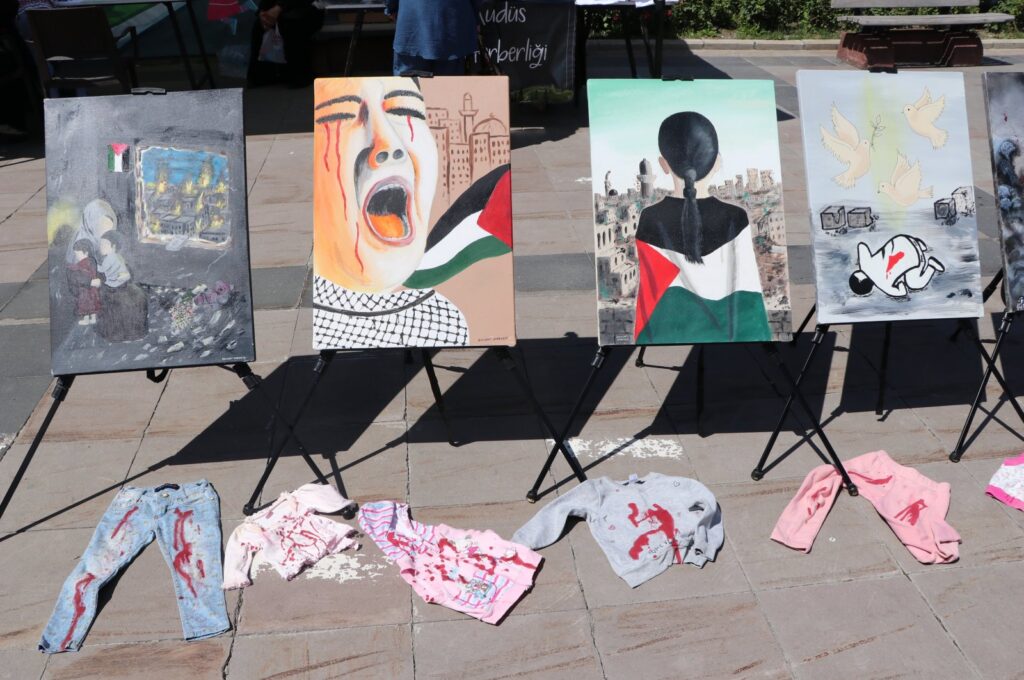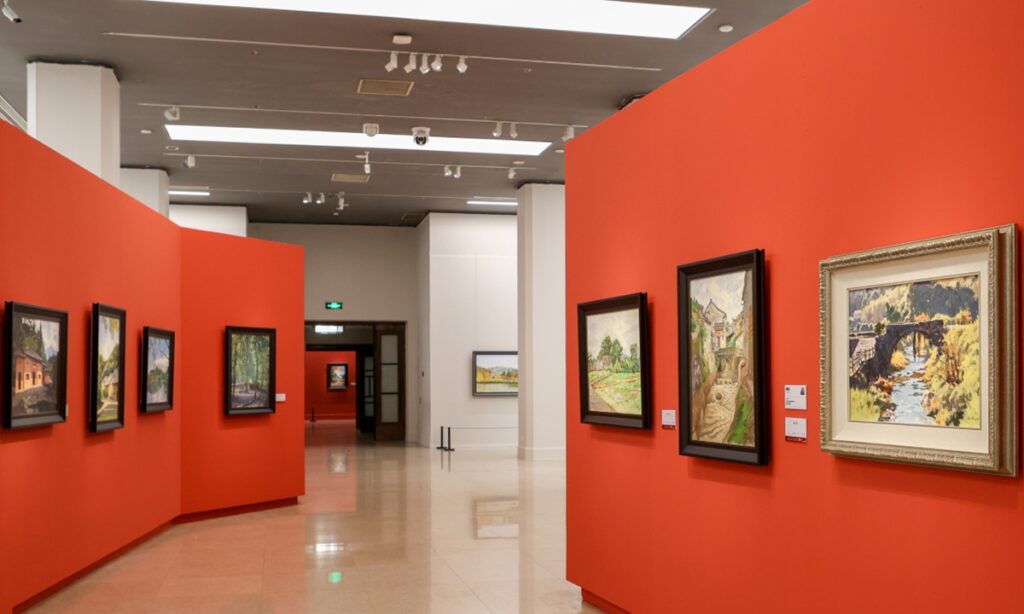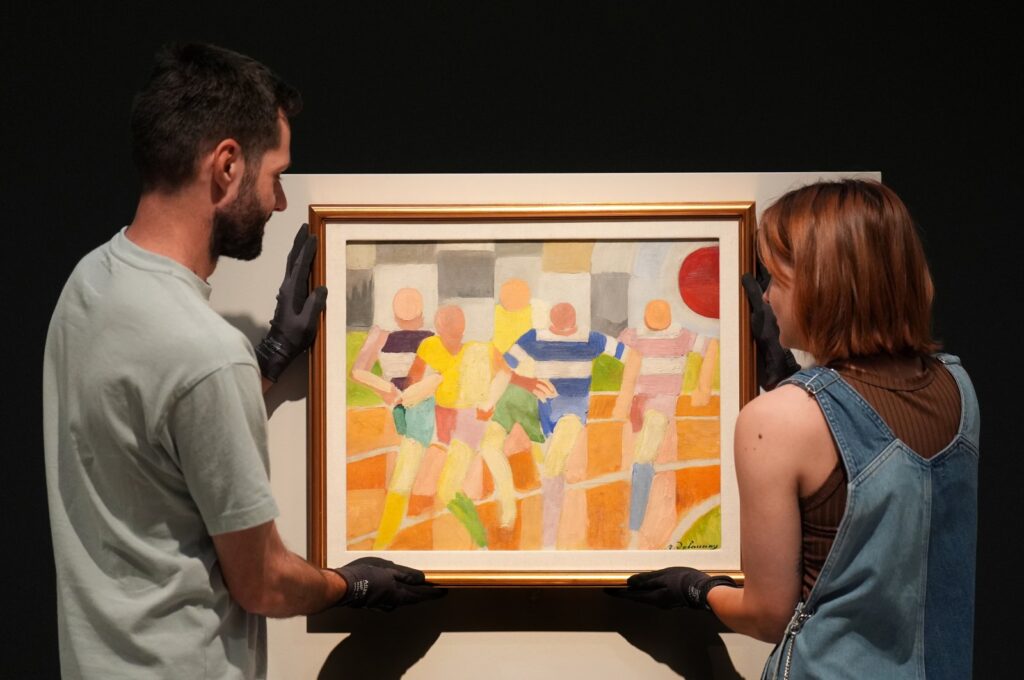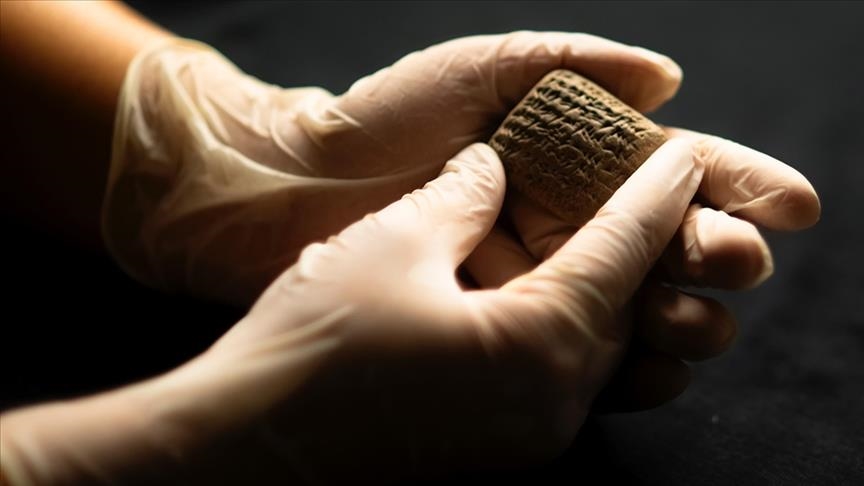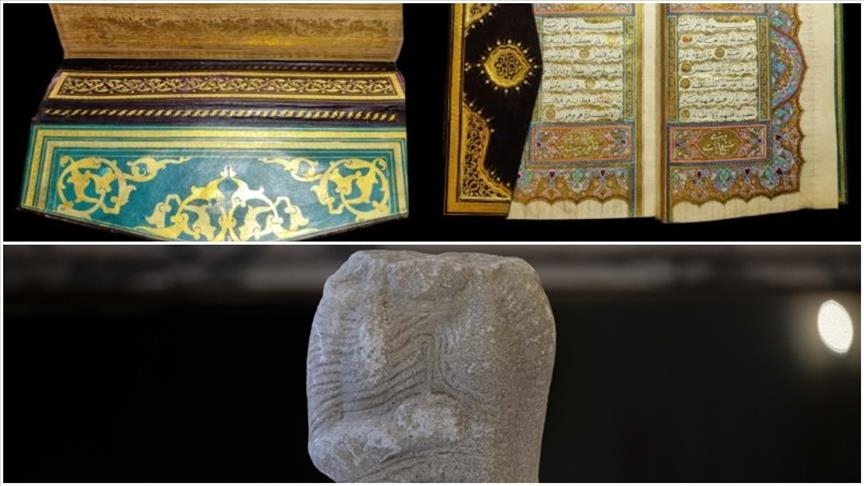
Buse Keskin
ISTANBUL: Celebrated all over the Muslim world, Eid-al-Adha, or the Feast of Sacrifice, gathers it all at one point: commemoration and devotion to Allah.
According to the Quran, the Prophet Abraham had a dream in which Allah commands him to sacrifice his son, Ismael (Ismail), to prove his obedience. Even though the devil attempts to drive Abraham away from his deed, he prepares to kill his son. Right before he makes the sacrifice, Allah stops him after seeing his loyal act by sending the Angel Gabriel with a ram to sacrifice instead.
Since then, the Muslim world, especially those who are financially able, symbolically sacrifices a lamb, goat or cow to be shared with the poor and the family. As part of the holiday, especially in Turkey, families and friends also often come together.
However, let’s go beyond the borders of Turkey and take a closer look at different Eid-al-Adha traditions in eight countries around the world.
Morocco
Moroccan people, who refer to Eid al-Adha as the “Great Eid,” start holiday preparations three days before the holiday. They apply henna to the two horns of the sacrificial animal, believing that it would be a “good omen.” One week before the feast, farmers put their sacrificial animals up for sale. The government pays salaries a week in advance to provide financial ease during the holiday. The banks also offer special loans for Eid al-Adha. The streets of Casablanca, the city where the heart of the Moroccan economy beats, fills up with a lot of people.

Philippines
Muslims in the Philippines, which correspond to nearly 25% of the population, prefer to sacrifice goats and calves rather than sheep. Here, Eid-al-Adha is celebrated for only one day. While a public holiday is declared in Muslim-majority regions, this is not possible in big cities. Families unite to eat together and the host giving the sacrificial feast puts some money under the covers of the chairs at the table. The money belongs to the person sitting on the chair.

Turkmenistan
During the holiday, municipalities organize concerts and various events. Their most interesting custom is to install large swings in all quarters. Turkmens believe that those who use the swings are cleansed of their sins.
Algeria
The people spend the first day buying wood and coal, they fast on the second day. They set up large tables and eat a meal called “melfuf,” resembling a wrap. In the Tamanrasset region, it is customary to eat the dishes prepared by women.
Bangladesh
Family visits are very important for Bangladeshis. This tradition can cause issues in the country, where the roads are not sufficient. Every holiday, thousands of people try to reach the cities where their families live by walking on the railways. Unable to find a place on the ferries, Bangladeshis risk a dangerous route that takes hours with small rowboats and oars.

Caucasus
The Caucasian countries were under the rule of the Union of Soviet Socialist Republics (USSR) until the ’90s. During the Soviet regime, where all religious rituals were forbidden, Muslims in the Caucasus could not celebrate Eid al-Adha. The sacrificial markets, which were reestablished in 1995, revived the festive rituals in the Caucasian countries.
Malaysia
Since Buddhists and Muslims live together in Malaysia, some holiday rituals in the region reflect this cultural mixture. In Kuala Lumpur, the streets are adorned with flower arrangements as major Eid prayers are held.
Nigeria
“Hawan Sallah” and “Hawan Daushe,” which have been a part of Eid traditions for many years and in which colorful horses are a traditional aspect, parade in the north of Nigeria, the country with the largest Muslim population in Africa.
Courtesy: Dailysabah
The post Beyond Turkish borders: 8 countries’ Eid-al-Adha traditions appeared first on The Frontier Post.



